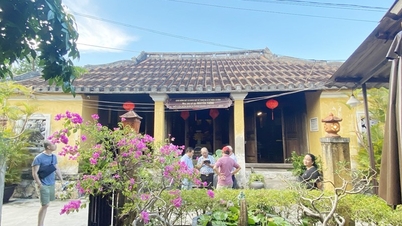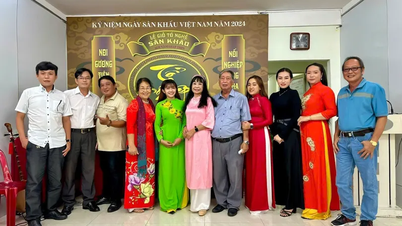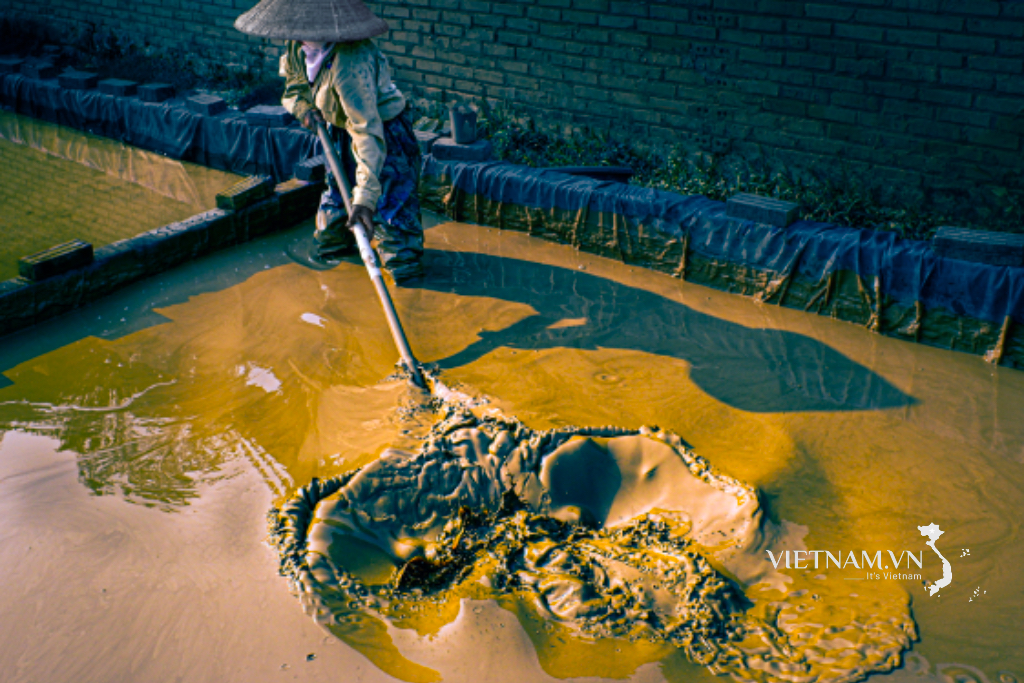
Rest stop
A hermit who only receives close friends, for the first time we felt the word “stillness” right in his tea ceremony space. Where the earth and sky meet, our shoulders are cleared of burdens, we quietly observe the leisurely beauty of the art of tea ceremony. Suddenly bursting with joy when realizing that all things are operating according to the laws of creation.
A tea ceremony space without a sign or name. It is not opened for business purposes, simply a stopover for travelers who love and understand tea.
“The friendship of gentlemen is as light as water”, must be like that cup of tea, seemingly bland but long lasting and intimate. There, we temporarily forget the uncertainties of emotions. Gain, loss, failure, success, all instantly melt away with the refreshing taste of the tea.
The opportunity to taste different types of tea through the skillful hands of tea farmers, from White Tea, Black Tea, to ancient Shan Tuyet... makes everyone extremely cherish the present moment.
We inhaled the aroma, sipped, and felt the taste linger on our tongues. Everyone nodded in agreement, realizing that each type of tea had its own unique flavor.
The tea ceremony space has incense smoke, calligraphy, and a purple sandstone teapot… However, it just so happens that the sound of bronze bells and wooden fish is missing. In life, nothing is perfect. The lack of a bowl of bells next to a cup of hot tea just makes people understand the lack of sufficiency in life.
Slowly contemplate the aftertaste
We just enjoyed our tea, despite the turbulent weather. Outside the window, a light rain was flying in the chilly air of the land over 1,000 meters above sea level.

In the room, people sat cross-legged on cushions, surrounded by the warmth radiating from cups of ancient Shan Tuyet tea with a hint of mountain and forest flavor, shimmering golden like amber.
The first sip has a slightly bitter taste, then a sweet aroma spreads in the throat. It is like the meaningful bitterness in the philosophy of life. How much suffering is there in life? From the characteristics of tea, bitter at first and sweet later, people can understand that suffering is joy, knowing the aftertaste to slowly overcome hardships.
While enjoying tea, we also learned about the origins of each type of tea. Each type of purple clay teapot is used for a different type of tea. How to enjoy the aroma or taste, how to make a good pot of tea, or the culture of tea ceremony... all require contemplation.
The tea lady’s nimble hands, in a sudden flash of light, suddenly understood that each type of tea has its own “enjoyment” rules. Wide-mouthed cups are more suitable for drinking Black Tea. White Crane in the summer seems more astringent, in the winter and spring it has a greener color. When poured into Pu-erh, the bottom of the cup will become as bright as a pair of sharp eyes…
Teaism has long been a kind of “intermediary” culture to understand life and practice the way. People practice teaism through the “six things of teaism” including: tea ceremony, tea rules, tea method, tea technique, tea art, tea mind. The core of teaism is the “mind”. And the way to enlighten the tea mind is to train oneself in the “skill”.
Tea making skills start from small things, like boiling water to make tea. Some types of tea need 70 degree warm water, some types of tea will burn if the temperature is too high, losing the sweet aftertaste. Even the amount of water and tea in one brewing with a handleless teapot... also need to be paid attention to.
And so, day after day, month after month, those tasks gradually became an inherent reflex, calm and normal. It is from the seemingly small things that the “ordinariness” of tea ceremony teaches people to accumulate small things to make a big thing, not to despise small things.
Practicing tea ceremony is to cultivate one's mind and character, to taste the bitterness and understand life, to be calm and watch the changes. The joys and sufferings of life naturally turn into nothingness.
Source


































![[Photo] Panorama of the cable-stayed bridge, the final bottleneck of the Ben Luc-Long Thanh expressway](https://vphoto.vietnam.vn/thumb/1200x675/vietnam/resource/IMAGE/2025/9/30/391fdf21025541d6b2f092e49a17243f)
![[Photo] President Luong Cuong receives President of the Cuban National Assembly Esteban Lazo Hernandez](https://vphoto.vietnam.vn/thumb/1200x675/vietnam/resource/IMAGE/2025/9/30/4d38932911c24f6ea1936252bd5427fa)
![[Photo] Solemn opening of the 12th Military Party Congress for the 2025-2030 term](https://vphoto.vietnam.vn/thumb/1200x675/vietnam/resource/IMAGE/2025/9/30/2cd383b3130d41a1a4b5ace0d5eb989d)

![[Photo] The 1st Congress of Phu Tho Provincial Party Committee, term 2025-2030](https://vphoto.vietnam.vn/thumb/1200x675/vietnam/resource/IMAGE/2025/9/30/1507da06216649bba8a1ce6251816820)




































































Comment (0)